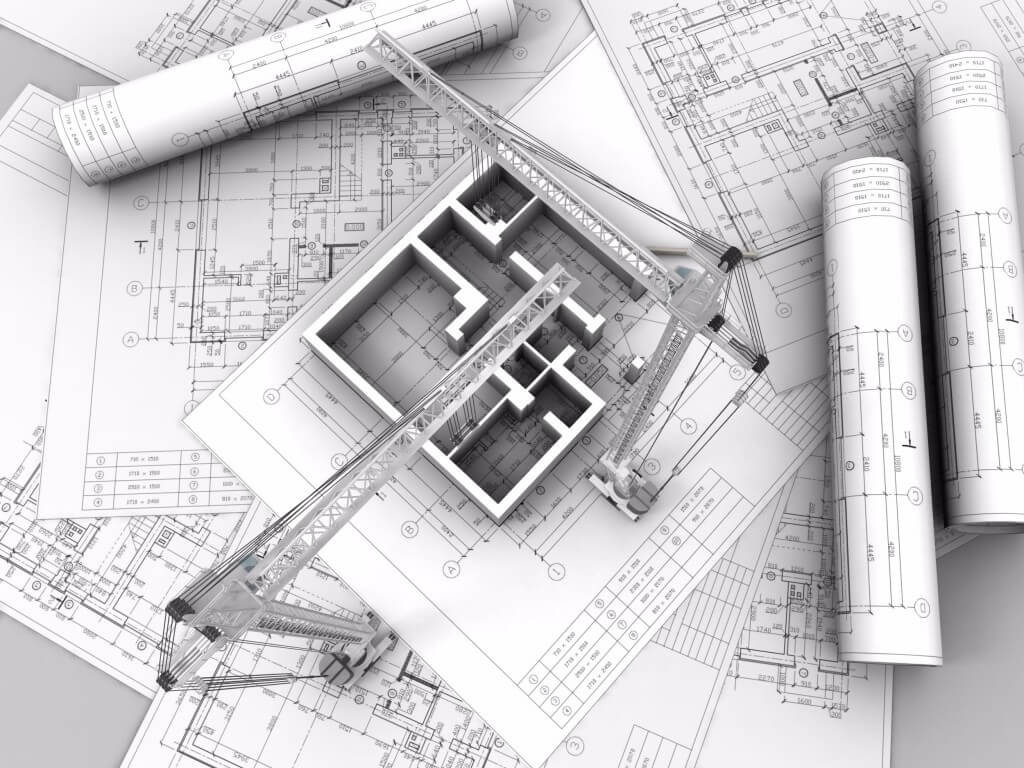Ways to Realize the BIM’s Potential
Building information modeling (BIM), which is one of the hottest topics in the construction industry has indulged leading consultancy companies and construction houses to study and evaluate BIM potential. Better structured drawings that reflect the actual building and improved efficiency of the communication between the construction industry and its customers, entrepreneurs and consultants are the main beneficiaries of well implemented BIM Potential. They can collaborate as all the relations are put together in a common BIM model. But, a construction company gets the maximum benefits of BIM, only when it takes control of construction process and adjusts it according to the new relations and methods that BIM enables.
Let us have a brief review of the real BIM potential
- BIM provides a complete and accurate digital view of a project.
- A BIM model can access information across the project lifecycle from wherever you need.
- BIM takes control of building projects right from the beginning state.
- BIM helps communicate design intent effectively.
- BIM shares data more quickly and understandably among all project stakeholders.
- BIM communicates means, methods and materials and how they come together to realize the design of a project.
- BIM enables you to manage project timeline, scope and cost better using planning tools.
- BIM reduce construction risks and deliver projects more predictably.
- BIM makes decisions that improve project quality and outcomes.
- BIM improves operational reliability and efficiency.
- BIM helps enable timely and profitable delivery.
If you think that BIM is just a new variety of software, you are mistaken. It is actually a process, which depends on information-rich models that help AEC service providers and owners. BIM is usable in all steps of a construction procedure such as conception, planning, design, construction and management of building and infrastructure projects. In short, BIM supports the entire project lifecycle from design and documentation to manufacturing and field support.
If CAD uses software tools to generate 2D and/or 3D drawing, BIM creates a design with intelligent objects and thus facilitates a new way of working. Even you change the designs many times, the data will remain consistent, accurate and mode coordinated across all stakeholders. Nowadays many construction industries use BIM model based designs; it can ensure more efficient collaborative workflow to all stakeholders and provide a clear vision of the project. So, those, who are engaged in this field, can make more informed decisions faster.
The significant value-added benefits of BIM include more predictable outcomes, faster project approvals, sustainable design and analysis and improved collaboration and information sharing for integrated project delivery strategies.
